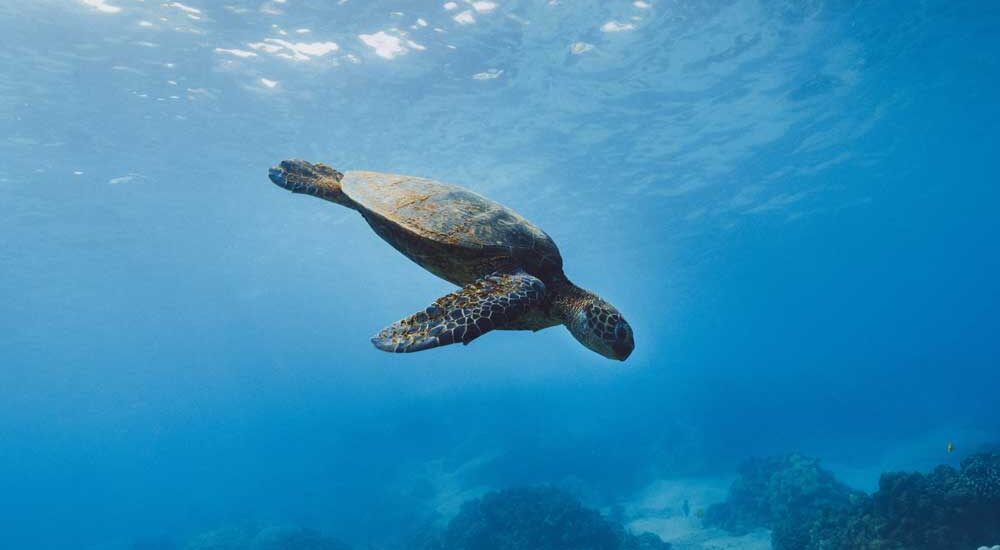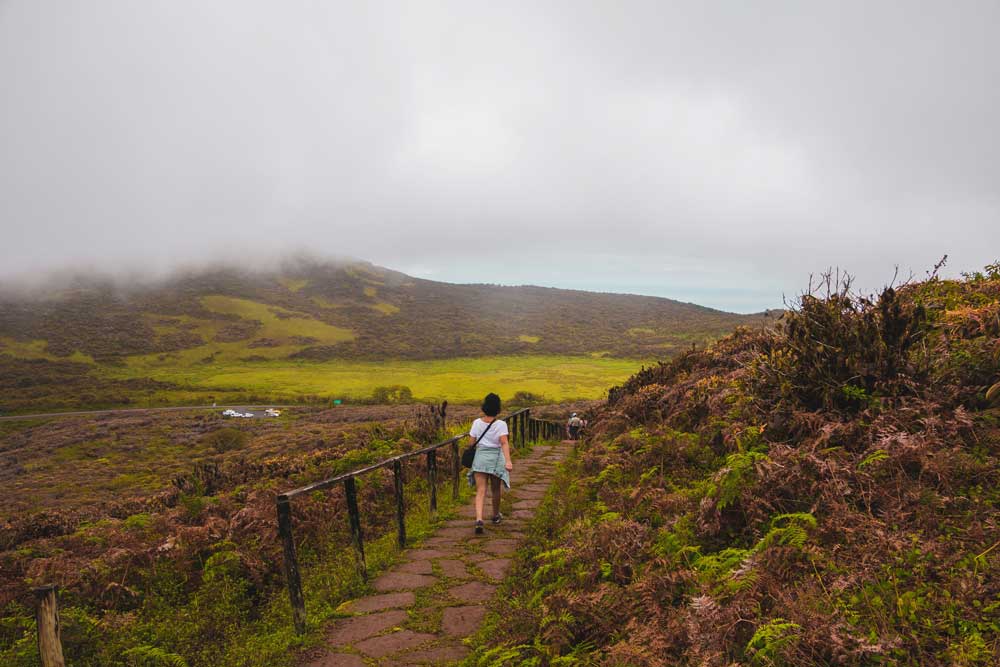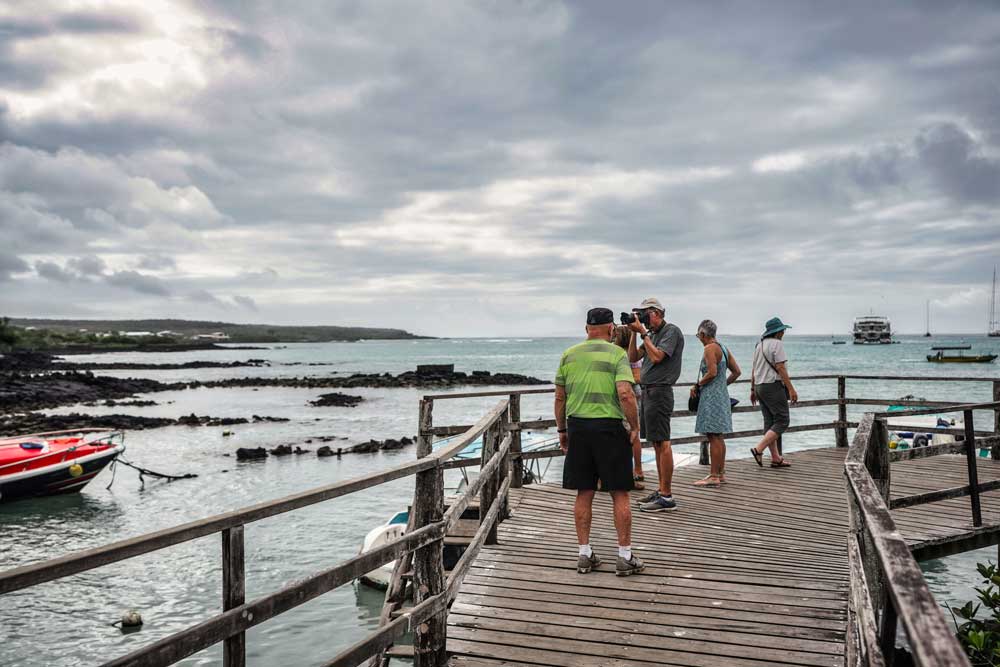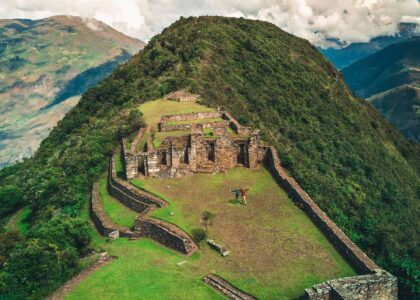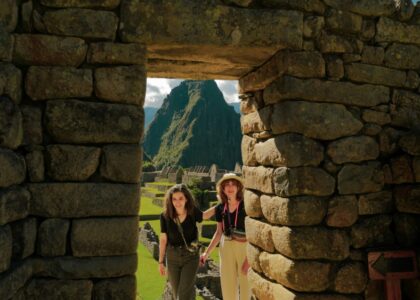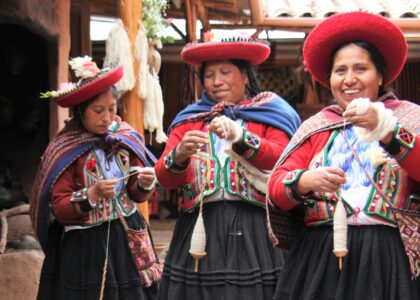Located approximately 1,000 km off the coast of Ecuador, the Galapagos Islands offer a unique glimpse into nature’s evolutionary wonders. This archipelago, comprised of 19 main islands and numerous smaller islets, is celebrated globally for its rich biodiversity. While the charismatic Blue-Footed Booby often garners the most attention, the Galapagos is home to an abundance of species, many of which are found nowhere else on Earth. Formed from volcanic activity, these islands have become a natural laboratory for scientists and enthusiasts alike, eager to understand life’s intricate variations. As we journey through the Galapagos, remember that every rock, beach, and cove has a story to tell. Dive in and uncover the tales of evolution and adaptation that make these islands a living classroom.
A Geographic Wonder
Situated deep in the Pacific Ocean, the Galapagos archipelago stands as a testament to Earth’s dynamic forces. Born from the fiery depths beneath the ocean’s surface, volcanic eruptions sculpted these islands, some of which remain active even today. The result of this tumultuous origin is an awe-inspiring landscape of craters, calderas, and hardened lava flows, weaving a tapestry of geological marvels across the region.
The islands’ isolation from mainland Ecuador and, indeed, from the rest of the world has shaped its distinct topography. The volcanic underpinnings not only give rise to rugged terrains but also to nutrient-rich waters that surround the islands. These very waters play a pivotal role in supporting the diverse marine life, setting the stage for the vibrant ecosystem above and below the waves. The Galapagos isn’t just a cluster of islands; it’s a living, breathing showcase of nature’s raw power and delicate balance.

Oceanic Wonders of the Galapagos
At first glance, the shimmering waters of the Galapagos might seem like any other slice of the Pacific, but they teem with life, each species more intriguing than the last.
Sea Lions:
These affable mammals are the jesters of the Galapagos coastlines. With their infectious, playful antics, they are often spotted basking on the sandy shores or gracefully diving amidst the waves. Their curious nature often leads them to interact with awe-struck snorkelers and divers.
Marine Iguanas:
These reptiles defy convention. As the world’s only sea-going lizards, they plunge into the cold ocean waters to feast on its rich algae. Their black and gray scales help absorb the sun’s warmth and offer a stark contrast to the bright corals beneath the waves.
Galapagos Penguins:
An unlikely resident of this tropical paradise, these penguins are the only of their kind found north of the equator. Adaptable and resilient, they navigate the island’s warmer waters with surprising agility.

Land-Loving Inhabitants
On the varied terrains of the Galapagos, certain creatures have carved out an existence that’s both fascinating and symbolic of the island’s unique ecosystem.
Giant Tortoises:
Ancient and deliberate, these gentle giants are the very embodiment of a life unhurried. With lifespans stretching over a century, they’ve roamed these islands for ages, their domed shells becoming synonymous with the Galapagos. Observing them is a lesson in patience and timelessness.
Land Iguanas:
Brilliantly yellow and deceptively quick, the Galapagos land iguanas are a sight to behold. These herbivorous reptiles prefer prickly-pear cacti, and they play a crucial role in dispersing the cacti seeds across the islands.
Santa Fe Rice Rat:
Native to Santa Fe Island, this small rodent is one of the few mammals native to the Galapagos. Despite its modest size, its survival story in the face of introduced predators is a testament to nature’s resilience.
Lava Lizards:
Tiny but full of character, these lizards can be seen darting between rocks and sunbathing on the trails. Seven distinct species spread across different islands are a striking example of how one species can evolve into many to adapt to different environments.
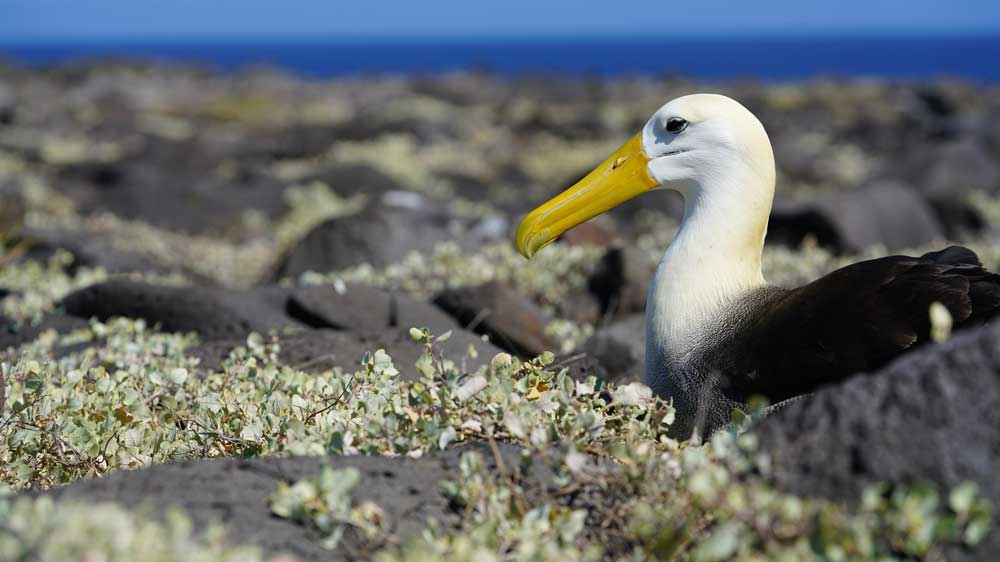
Winged Wonders of the Galapagos
The Galapagos Islands are not just about land and marine species; the skies are equally alive with birds that showcase nature’s dazzling diversity. Let’s take flight and explore a few of these avian treasures.
Darwin’s Finches:
Small but mighty in their scientific significance, these birds showcase a stunning diversity in beak shapes and sizes. Each variation, adapted to the unique conditions of their home island, played a pivotal role in shaping Darwin’s theory of natural selection.
Galapagos Hawk:
Soaring above, this raptor reigns supreme. As the islands’ apex predator, it’s a testament to the balance of this delicate ecosystem, playing its role in keeping the harmony of this isolated Eden.
Albatrosses:
With their grand wingspan, albatrosses dominate the Galapagos skies. As they glide seamlessly, they epitomize aerial grace. Yet, their unique mating dance, marked by beak clacking and synchronized footwork, remains a mesmerizing sight for visitors.
Frigatebirds:
Watch the skies, and you’ll spot the agile frigatebirds. Males are particularly noteworthy for their bright red gular pouches, which they proudly inflate during mating season, turning them into attention-grabbing spectacles.
Flamingos:
The Galapagos’ saltwater lagoons become a canvas of pink as flamingos make them their home. Standing elegantly on one leg, they reflect beauty on the water’s surface, adding a touch of color to the island’s landscape.
Navigating the Galapagos: Tips for Travelers
Embarking on a journey to the Galapagos Islands? This evolutionary marvel awaits your exploration. Starting your adventure usually involves a flight from Ecuador’s mainland, with Quito and Guayaquil serving as the principal launching points. Once you’ve touched down on the islands, boats become your go-to for island hopping.
Though the Galapagos welcomes visitors year-round, there’s a sweet spot for wildlife enthusiasts: December to May. During these months, the water is pleasantly warm for snorkeling, and the myriad of creatures are notably active. As you prepare for this trip, remember to pack all of the essentials. Sunblock is a must to shield against the equatorial sun, sturdy footwear is crucial for navigating rocky terrains, and a water-resistant camera and binoculars will enhance those unforgettable moments.
But amidst the excitement, remember the delicate balance of this unique ecosystem. Respecting the wildlife by keeping a safe distance and ensuring you leave no trace behind is crucial. And when selecting tours, prioritize those that emphasize eco-responsibility. After all, preserving this natural wonder for future generations lies in our hands.
Beyond the Booby: Protecting Galapagos’ Rich Biodiversity
The Galapagos Islands offer more than just the Blue-Footed Booby; they are a vibrant showcase of evolution’s masterpieces. Each species tells a captivating tale of adaptation and resilience, from the graceful albatross to the unique marine iguana. As privileged observers of this natural theatre, we must recognize our role as both spectators and stewards. The magic of the Galapagos doesn’t lie only in its well-known icons but in the symphony of life that flourishes in every nook and cranny. As we step away from its shores, let’s carry forward a renewed pledge — to celebrate, respect, and safeguard the diverse tapestry of life these islands so generously share with the world.


